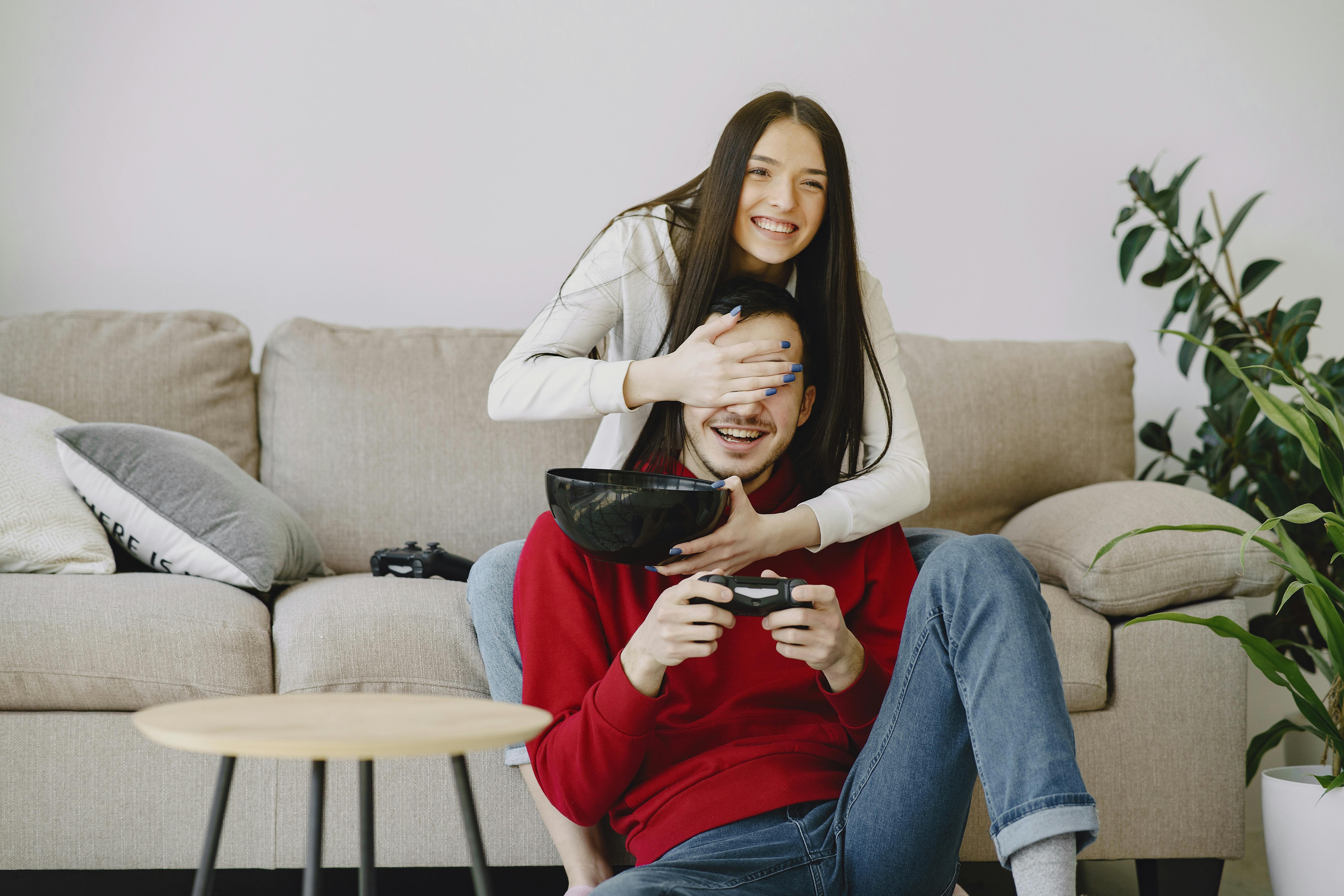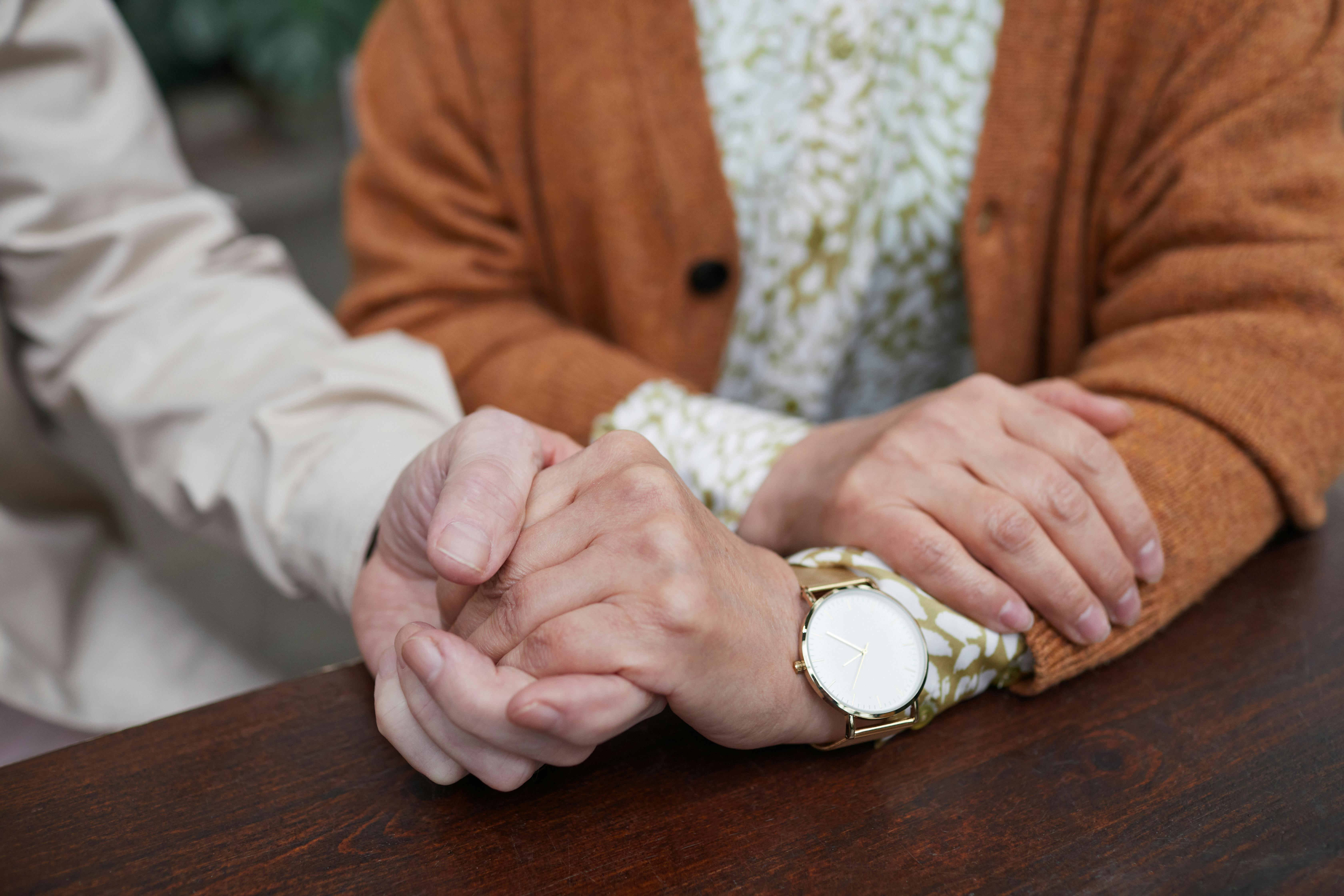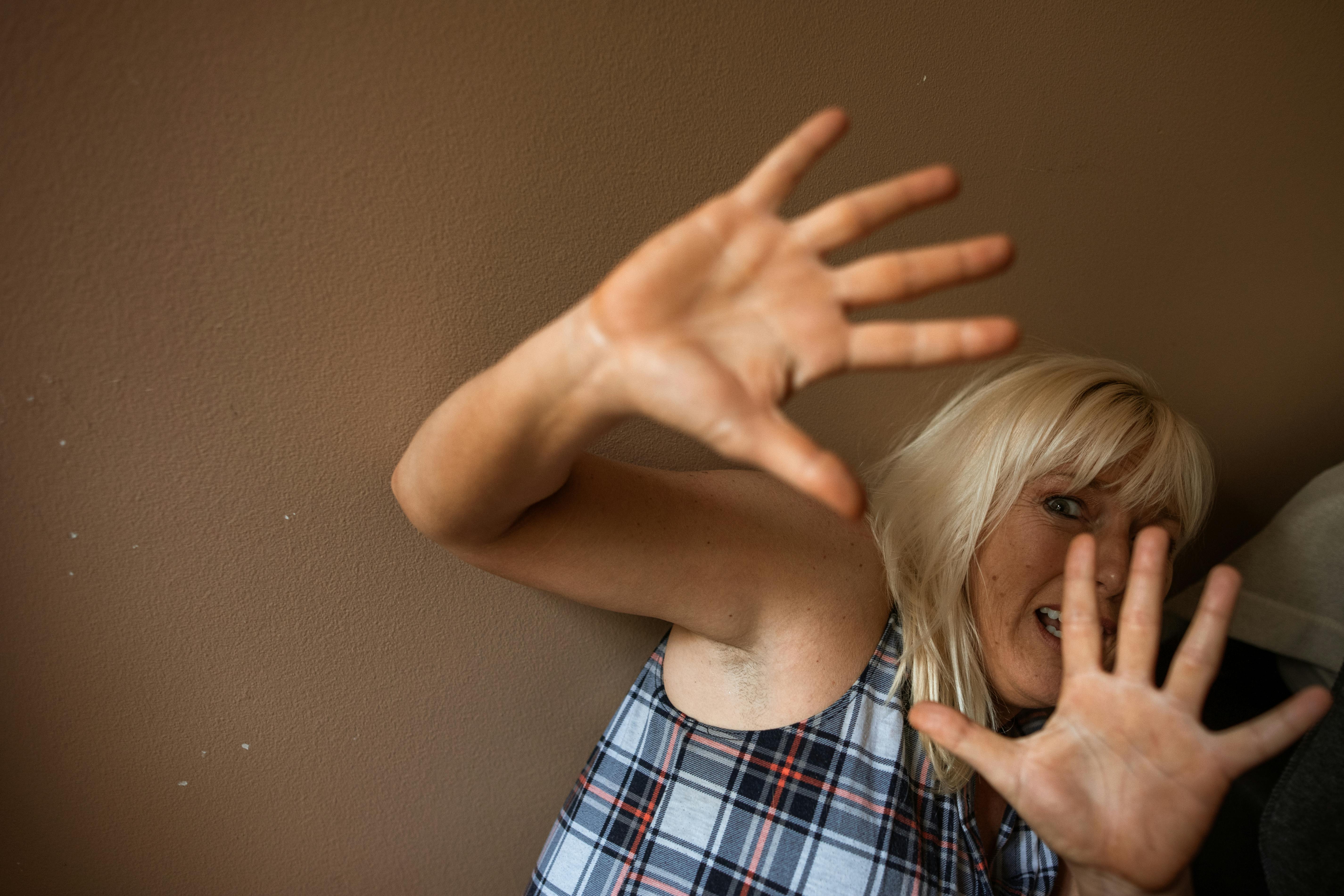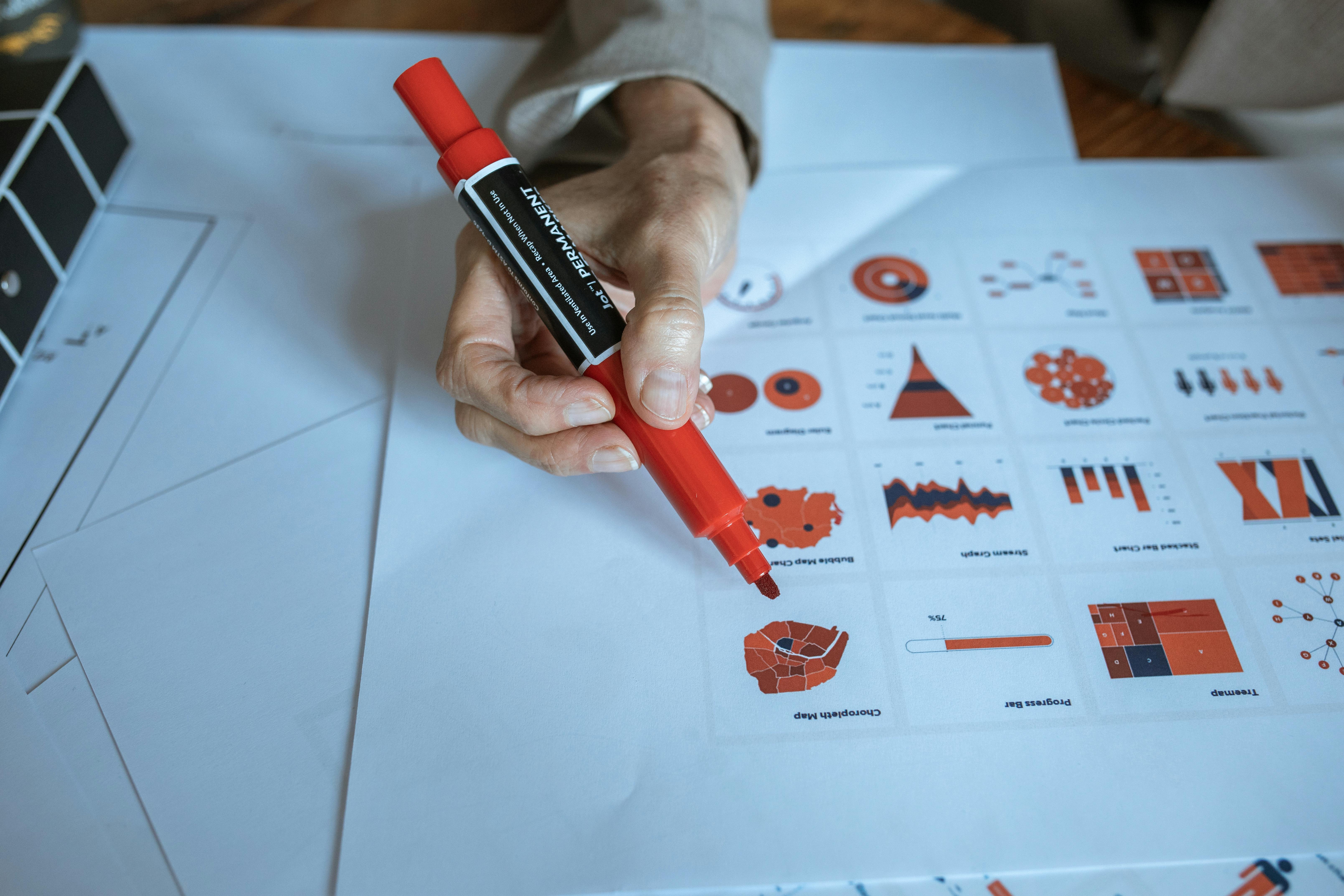
Everything you need to know about head lice
The head louse is an insect that looks a lot like an ant but is much smaller. The head louse only lives on the hair of humans and has a lifespan of about six weeks.
Head lice move from one human head to another and use their host for nesting and feeding. The eggs are laid very close to the scalp and are practically glued so that they do not fall off the head, even with combing. Lice feed on human blood by biting into the skin of the scalp and sucking the blood.
The term “nits” refers to the empty or dead eggs left in a person’s hair, not the hatching eggs or the lice themselves.
The eggs of a head louse are about the size of a grain of sand and take about seven days to incubate until they are ready to hatch.
Head lice are called nymphs from the time they hatch until they go through three different stages of metamorphosis, where they shed their exoskeleton and mature into adults, which takes around twelve days. The nymphs are also unisex until they mature and the sex of the louse becomes apparent.
The female head louse is larger than the male head louse and can lay up to 210 eggs in her lifetime, which means that if you don’t treat the condition as soon as it is found, it can leave your head plagued with hundreds. of lice.
The only way to eliminate the infestation and kill the head lice life cycle on a host is to remove all eggs, nymphs, and head lice; if eggs, nymphs, or lice remain on the host, the life cycle will resume.
Even with insecticide treatment, if the treatment is not carried out correctly, the lice will become immune to the treatment, so another treatment will be necessary to try to eliminate all traces of the insect.
The most successful treatment may be the simplest, a study by British medical scientists shows that olive oil is used on the hair and a simple lice comb, which is a comb with fine teeth that are extremely close together. This method, if done correctly, can eliminate the infestation. To get all the benefits of the treatment, it is best to do it once a day for three or four days.
Facts you may not know
Many people believe that lice do not like dirty hair and only seek clean hair that is washed regularly, this is not the case, and they do not discriminate on cleanliness.
Many schools in the UK have policies that say a child with nits cannot attend until the infestation has been eliminated, but nits do not represent an infestation, actual lice in the hair prove infestation.
Head lice are vulnerable once they are removed from the hair; they are harmless and will die within 48 hours if they do not find another host’s hair.








